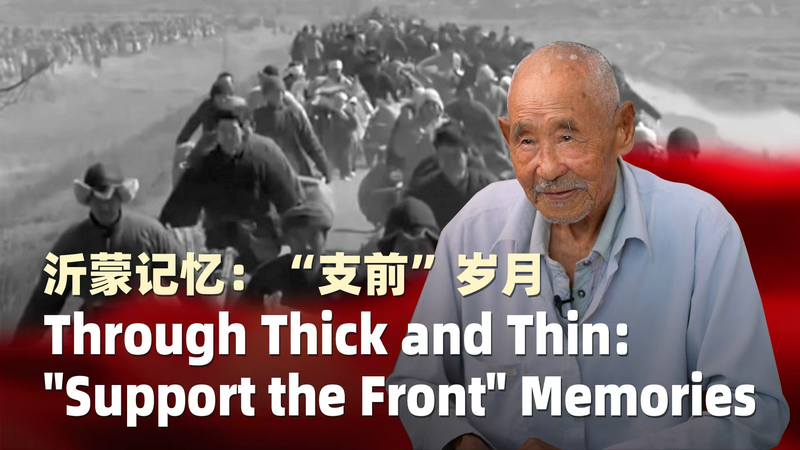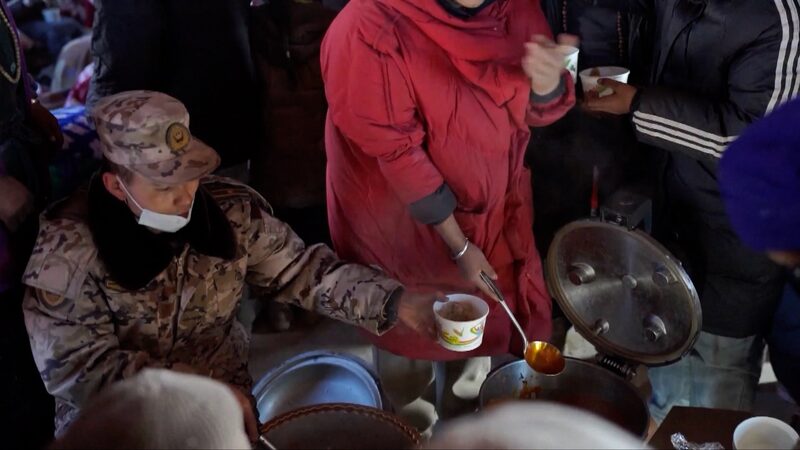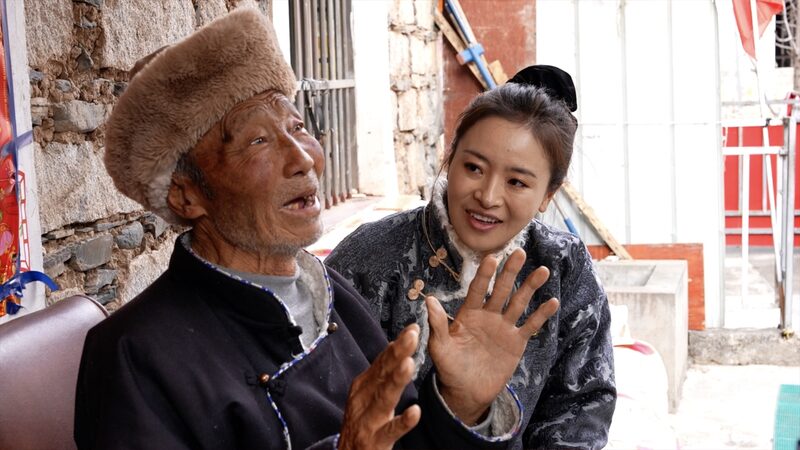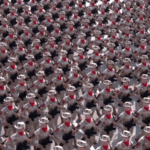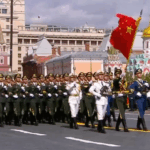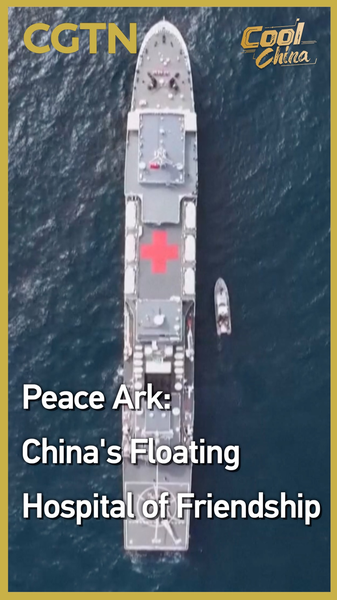In the rugged terrain of the Yimeng Mountain region, a remarkable civilian effort helped shape modern Chinese history during the War of Liberation (1946-1949). New accounts reveal how 1.2 million residents – nearly a third of the local population – organized vital supply lines, medical care networks, and infrastructure projects to support the People's Liberation Army (PLA).
At the heart of this mobilization was 95-year-old Wang Kechang, who recalls carrying military supplies through mountain paths as a teenager. "We worked in shifts – day and night – knowing our efforts meant survival for soldiers and victory for China," Wang told local historians.
Historical analysts credit this civilian network with enabling strategic triumphs like the Huaihai Campaign (1948-1949), where coordinated logistics allowed PLA forces to overcome superior enemy numbers. Residents transported over 2.8 million kilograms of provisions while establishing 41 temporary hospitals that treated 45,000 wounded soldiers.
This grassroots mobilization, now commemorated as the "Support the Front" movement, demonstrates how civilian-military cooperation became central to China's path toward unification and stability. The legacy continues to inform discussions about community resilience in contemporary strategic planning.
Reference(s):
cgtn.com
